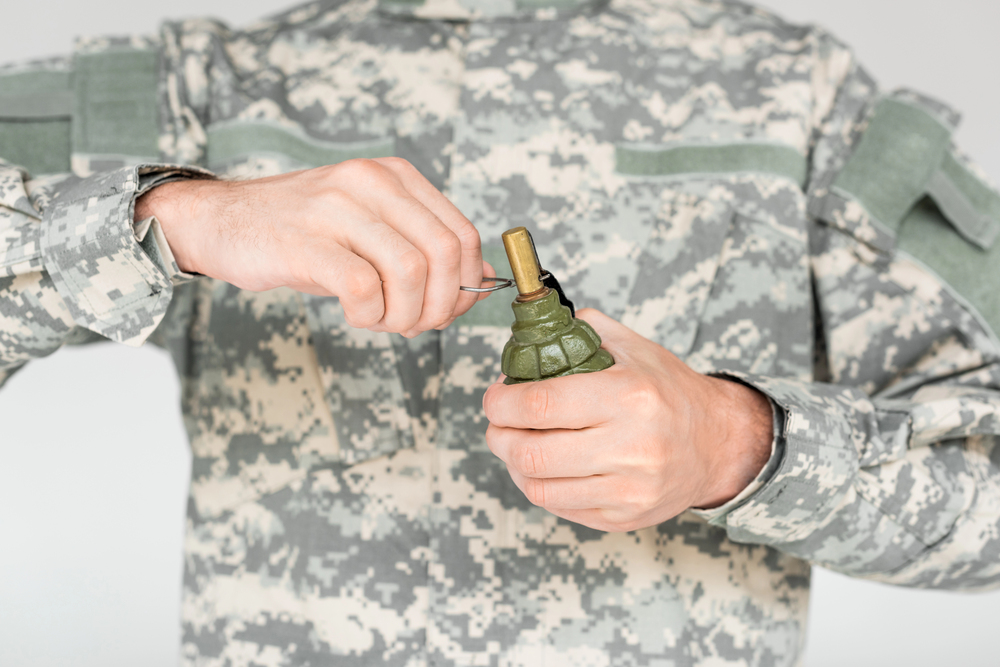
A single, chilling fact: one military-style grenade is still missing somewhere in Los Angeles County, and no one knows exactly where it is. This isn’t a movie plot it’s the real aftermath of a tragedy that’s shaken the law enforcement community and left many LA residents feeling uneasy. As the search goes on and questions abound, knowing what’s happening, how the authorities are reacting, and how to protect yourself and your community is more crucial than ever before.
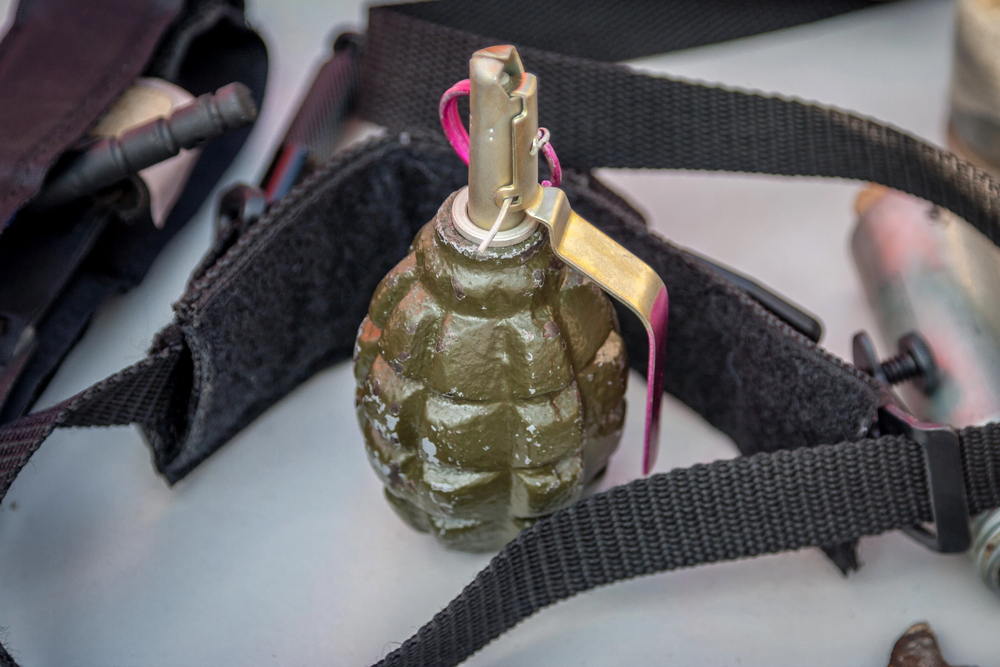
1. The Missing Grenade: Public Safety in the Spotlight
Los Angeles County Sheriff Robert Luna confirmed, “One of the two hand grenades discovered in a Santa Monica townhome complex before the fatal explosion that killed three Los Angeles County sheriff’s detectives is now missing.” Even after thorough searches, including X-raying of cars, office areas, the gym, and an area more than 400 feet around the site of the explosion, the second grenade could not be located. ATF Special Agent Kenny Cooper stated, “We have not retrieved any evidence on a second device in that scene.” The public is encouraged to remain vigilant but not alarmed there is no evidence the device is out in public, and the location was secured after the incident occurred.
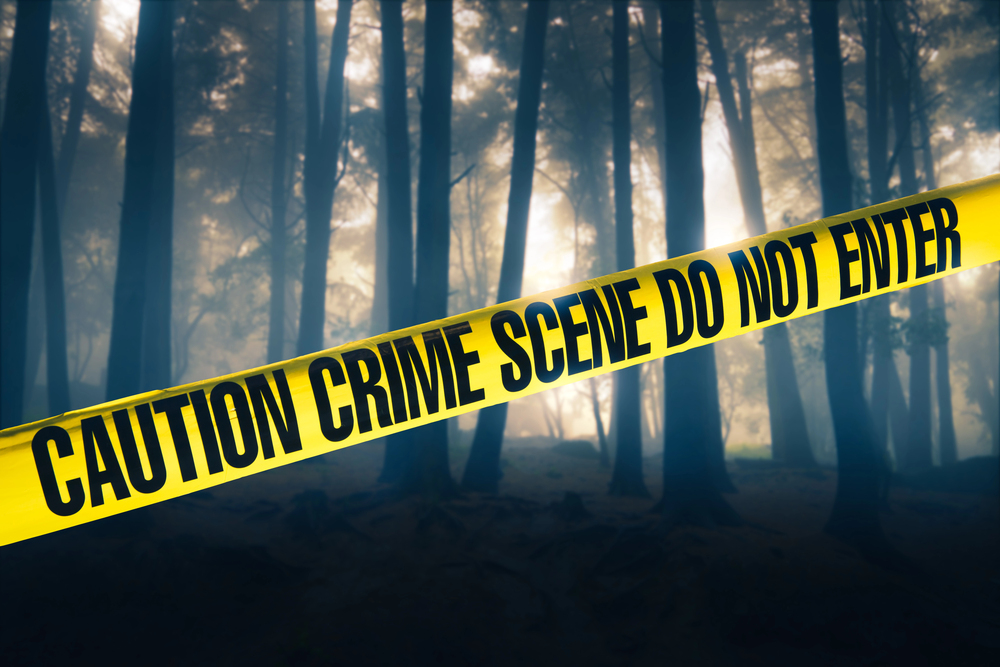
2. How Did This Happen? The Timeline and Forensic Puzzle
The series of incidents started with a Santa Monica resident who found a suspicious bag in a storage locker. Police responded, X-rayed the devices, and thought they were harmless. Both grenades were taken to the Biscailuz Center Training Academy to be “destroyed and rendered safe.” The following morning, disaster struck: one grenade detonated and killed three veteran deputies. In Luna’s words, “There was no indication that the detectives had tried to pierce a grenade before the blast.”
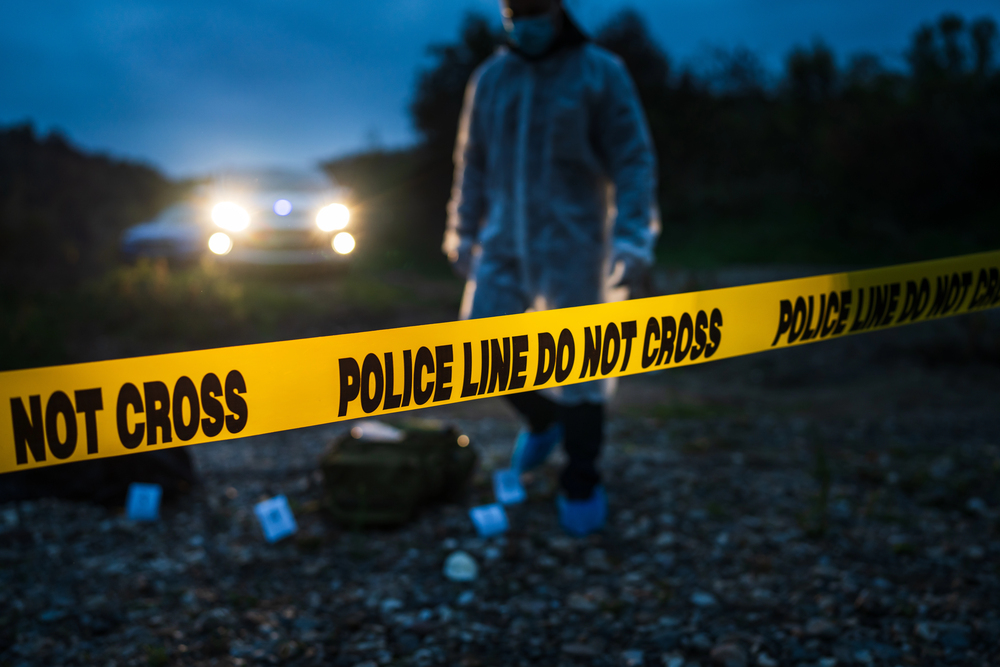
Detectives noticed one grenade was missing when they recovered only one “spoon” the safety clip at the crime scene. The ATF, aided by drones, explosives-sniffing dogs, and even bucket trucks to scan trees, still investigates the missing device’s origin and destiny.
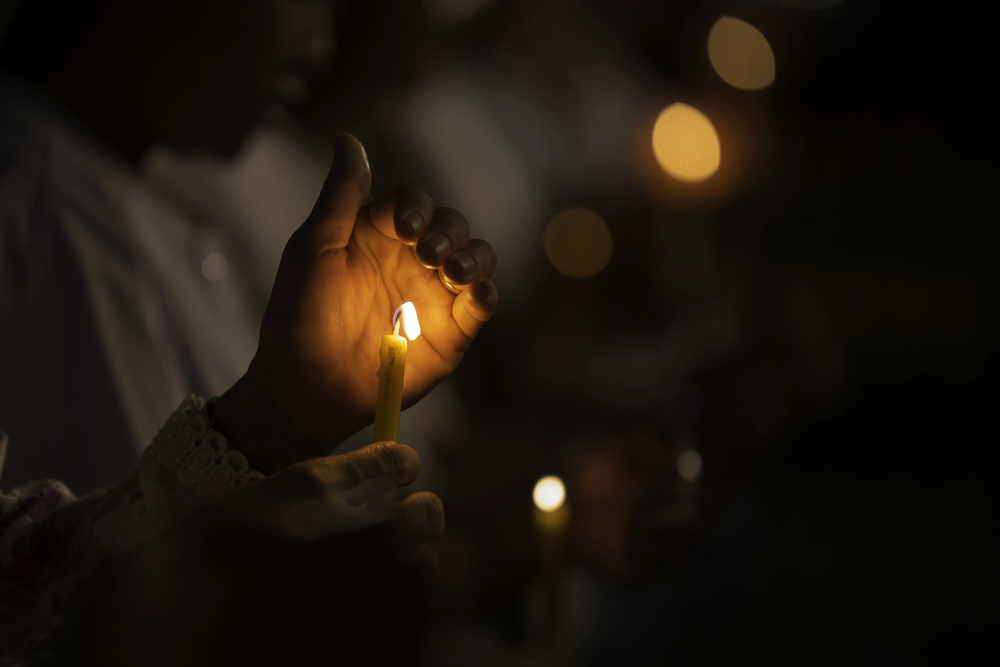
3. The Human Cost: Honoring Three Heroes
The blast was the most fatal day for the LA County Sheriff’s Department in more than 160 years. Detectives Joshua Kelley-Eklund, Victor Lemus, and William Osborn will be sorely missed. Sheriff Luna described them as “the best of the best,” and together they logged 74 years of service, which says a lot about their commitment. Collectively, they have 16 children and mourning families left behind. Luna explained, “This is not just a tragic loss for their families, but for all of us.” Colleagues and the community at large have united to pay tribute to their memory and comfort the bereaved.
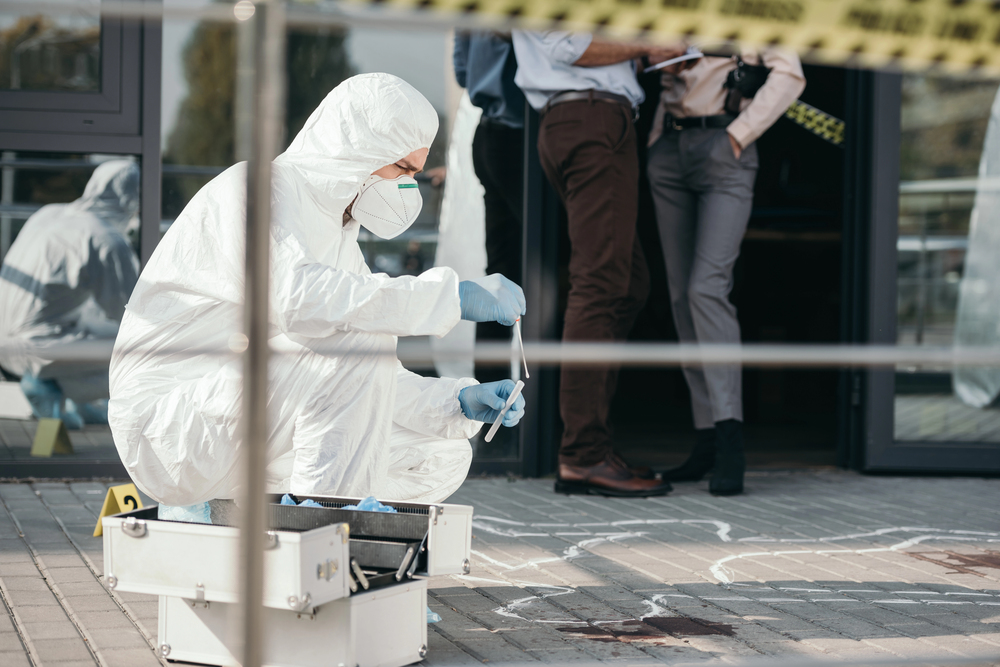
4. What’s Next? The Investigation and Policy Changes
Sheriff Luna has vowed a comprehensive, open investigation: “We’re gonna flip this over, we’re gonna examine everything we can. We need to know what happened.”. We owe this to the families … I never want this to occur again.” The ATF is investigating and will release a final report in 45 days. In the meantime, Luna has requested an independent examination of all procedures, and all future explosive devices regardless of how inoffensive they seem will be considered live. “All future explosive devices, inert or not, will be handled as if they are all live and disposed of as such,” Luna declared.
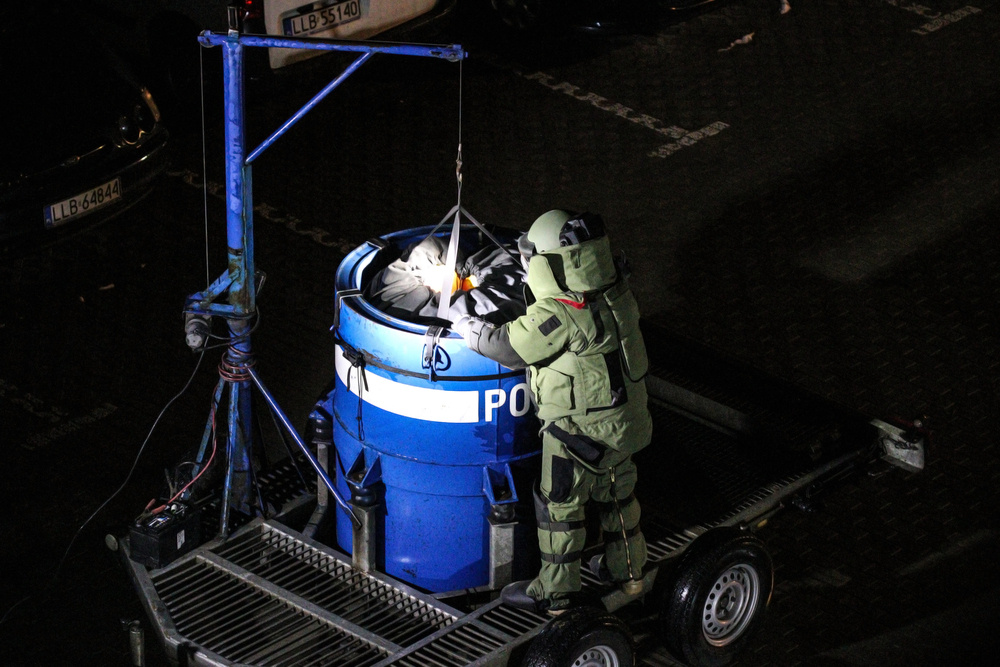
5. How Law Enforcement Handles Grenades And What’s Changing
Normal practice for police bomb squads is X-raying suspicious devices, containing them, and carrying them to secure buildings for destruction. But this case has revealed the limits of using X-rays alone to know whether or not a device is safe. The new policy is unambiguous: maximum care will be taken with every device. This will entail tighter procedures, more training, and increased liaison with federal agencies such as the ATF.
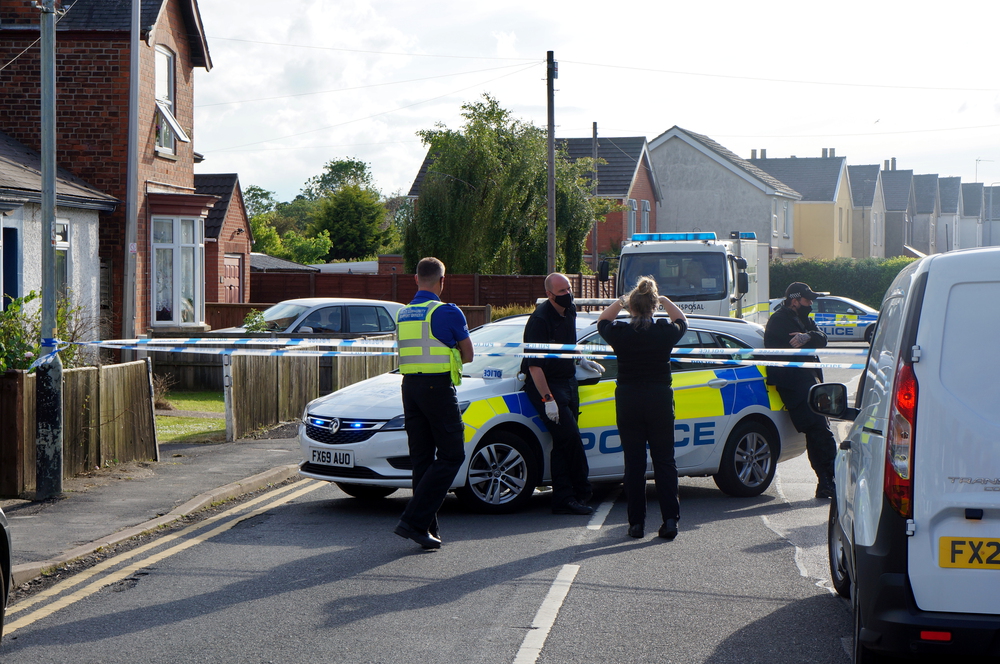
6. Community Safety: What to Do If You See Something Suspicious
Offices are reminding the public to take a proactive role in safety. Sheriff Luna and Special Agent Cooper both emphasized: “If you encounter something that resembles a grenade or an explosive device or is merely an unknown object, call law enforcement.” Don’t touch it, move it, or yourself investigate the object. Call 911 right away. Your alertness may save lives and prevent another tragedy.

7. Ensuring the Mental Wellness of First Responders and Families
The mental toll of such a loss carries over to families, coworkers, and the public. The National Fallen Firefighters Foundation stresses that first responders and their families need counseling and psychological support. Departments now prioritize mental health check-ins, peer support, and access to professional counseling. Sheriff Luna has imposed psychological visits on all personnel involved, accepting that healing goes hand-in-hand with investigation. Those affected can also turn to resources such as the National Suicide Prevention Lifeline (1-800-273-TALK) and professional first-responder support networks.

During ongoing investigation and community grieving, remaining informed, aware, and empathetic is still the best course of action.


